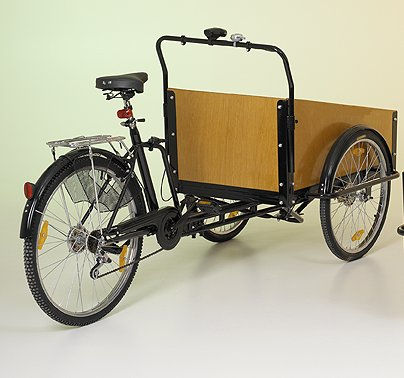Head Carrying
- Osamede Obayuwana

- Aug 10, 2018
- 2 min read
Updated: Aug 18, 2018
Crude transportation of Produce/Products, Tools and Materials
The practice of carrying a burden on top of the head has existed since ancient times. Carrying on the head is common in many parts of the developing world, as only a simple length of cloth shaped into a ring or ball is needed to carry loads approaching the person's own weight. The practice is efficient, in a place or at a time when there are no vehicles available for carrying burdens.

Today, women and men may be seen carrying burdens on top of their heads where there is no less expensive, or more efficient, way of transporting workloads. In India, women carry baskets of bricks to workmen on construction sites. It is also used by the lowest caste to carry away human wastes that they scoop out of pit latrines, the practice of manual scavenging.

EFFECTS AND LIMITATIONS
In East Africa, Luo women may carry loads of up to 70% of their own body weight balanced on top of their heads. Women of the Kikuyu tribe carry similar heavy loads, but using a leather strap wrapped around their forehead and the load to secure it while it is carried. This results in a permanent groove in the forehead of the women.

Professor Babatunde Adegoke, speaking at a meeting of the Association of Clinical and Academic Physiotherapists of Nigeria, as part of activities to mark the 2017 World Physiotherapy Day, said "overtime, this causes damages in the neck region".
According to him, “when you carry heavy weights on your head on a regular basis, overtime, you are actually damaging your cervical region, and in the future, you stand a risk of having problem in this part of the body".
“What you are doing is that you are putting so much pressure or compressing the structure in the neck. If this is already weak, then you are likely to have more pain that will radiate to your arm.
“So, there is a limit to how much weight you should put on your head, otherwise, you are endangering your health.
SOLUTION
TFS Cycles has developed Low-cost Freight (Cargo) Cycles that can be used to transport goods and service rendering tools for the African market.






Comments